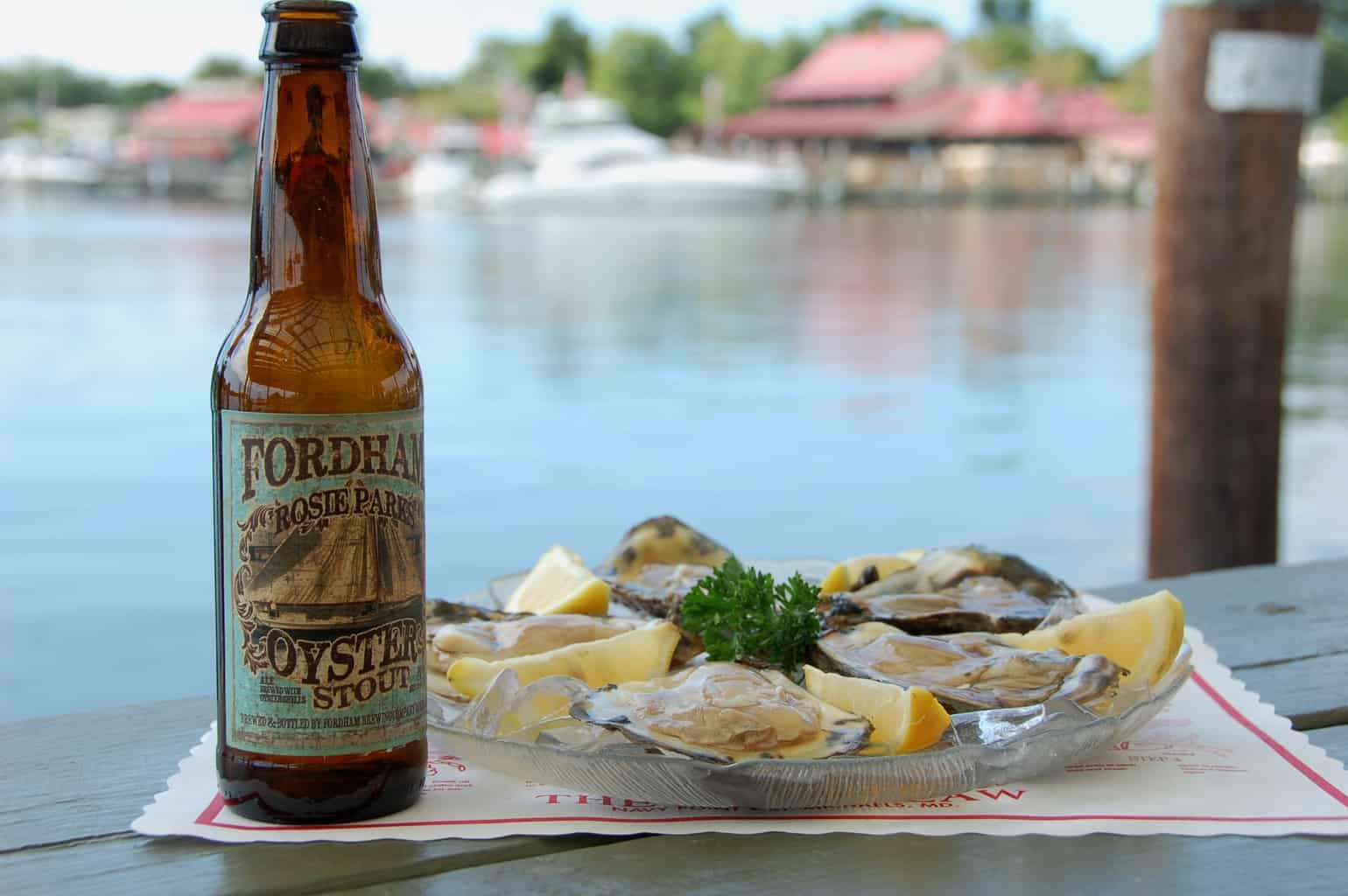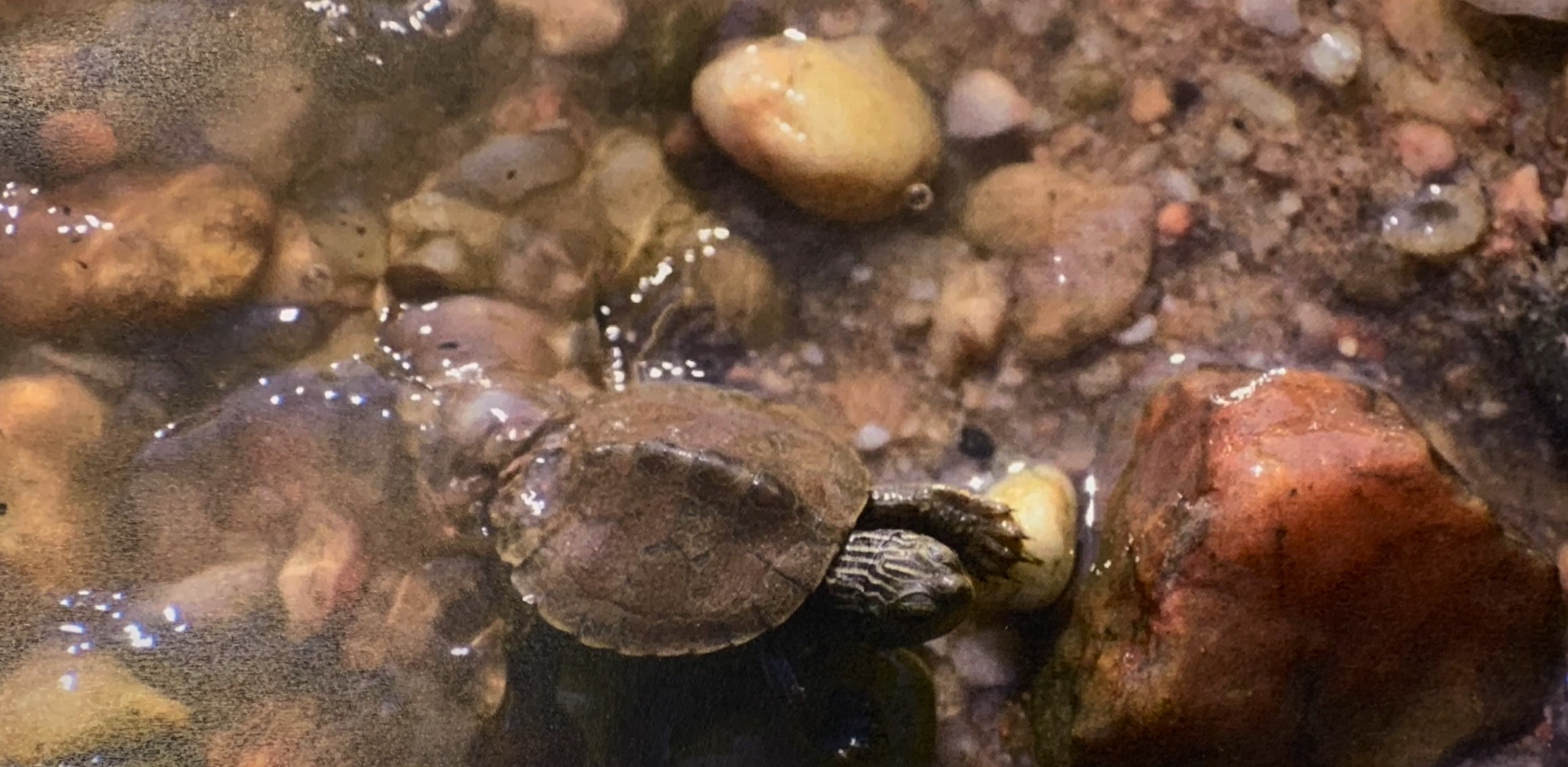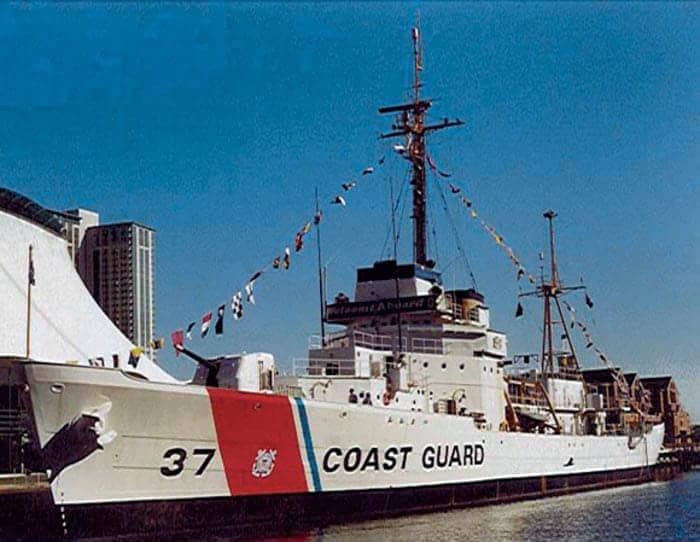Wooden timbers from an 18th-century ship, raised from the Nanticoke River in 2015, are now back in the water, but not in the river. The ancient wood is now in a pond on the Bay’s western shore, awaiting funding for preservation.
The remains of the oak-and-peg vessel were discovered about 30-feet down by a dive team making repairs to Route 50 bridge support piling fenders on the north side of the river at Vienna, Md. Archaeologists at the Maryland Archaeological Conservation Lab in St. Leonard used dendrochronology analysis to determine that the harvesting date of the trees from which the timbers were cut was 1743, and the trees were from somewhere between Annapolis and the Potomac River. This means she would have been built in the mid- to late-1700s, probably near Annapolis.
Julie Schablitsky, chief archaeologist with the State Highway Administration says that the evidence suggests the ship may have burned. Vienna was attacked by the British during the late 1700s, and vessels along the bank would have been easy targets. Only 20 percent of the vessel has been recovered, including the 45-foot keel and various iron fittings such as deadeye used to trim the sheets or support rigging.
Some of the smaller wooden pieces are being preserved using a freeze-dry method, which will preserve the cellular structure and prevent the wood from warping and cracking as it dries. However, the cost of this process mandates that the larger wooden pieces, including the keel, be submerged in the bottom of the pond to keep them in stasis until funds can be obtained to preserve them. Preservation costs of the small pieces have exceeded $10,000. Estimates for preserving the rest run to more than $1 million.
Russell Brinsfield, mayor of Vienna, has high hopes that the wood will someday be returned to the town and exhibited as an attraction at the Captain John Smith Welcome and Discovery Center near the bank of the river, just a few hundred yards from the discovery site.
— Brice Stump



